The discoveries have been branded a “win for biodiversity”, with researchers particularly excited about one ant.
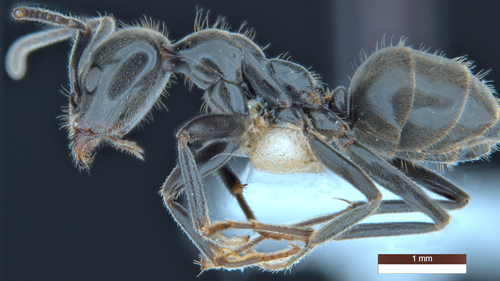
CSIRO entomologist Dr David Yeates said the known but newly named ant, Anonychomyrma inclinatawas special, as it supports the endangered bulloak jewel butterfly, Hypochrysops piceatus.
“The ecological requirements for this beautiful butterfly are very narrow, which is probably why it is so rare,” Yeates said.
“The ant species we’ve now named needs to be nesting in a mature bulloak, Allocasuarina luehmannii.
“The butterfly caterpillars live under the bark and are carried to soft bulloak leaves to feed at night by ‘babysitter’ ants.
“The ants protect the caterpillars from predation and receive a sugary gift from the caterpillars, a win-win for both species.”
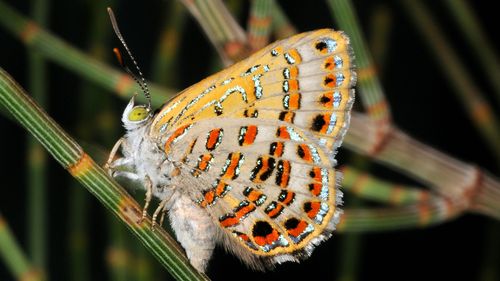
CSIRO scientist John Pogonoski said the new, “elusive” silverspot weedfish, Heteroclinus argyrospiloswas described from only two known specimens.
Both of these were collected from south-western Australia by researchers on the former CSIRO Research Vessel Southern Surveyor in 2000 and 2005.
“We named three new species of small, brightly-colored anthias by comparing specimens of related species held in fish collections,” Pogonoski said.
“New species of anthias are still being recognized because they are rarely encountered due to being outside of normal diving depths, small in size, or living in habitats difficult to sample.”
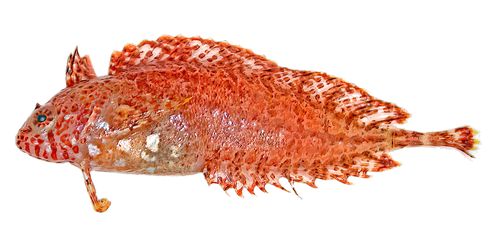
Scientists found four members of the new species in southern Western Australia, 60 meters underground last year.
And 34 new beetles, including two weevils in the new genus undarobiuswere found in lava caves at Volcanic National Park in north-eastern Queensland.

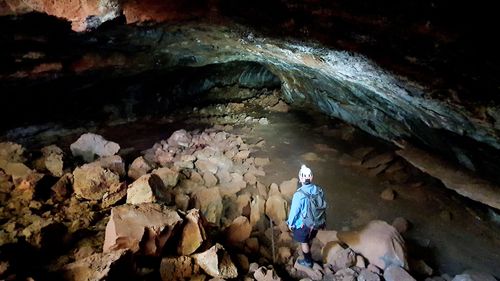
Yeates added the newly named species to highlight the importance of scientific collaboration.
“Working together with our research community to name species is incredibly important – it is the first step in Australia understanding and managing its biodiversity,” Yeates said.
“As a country, we are still in the very exciting phase of species discovery.”
CSIRO said only about 25 per cent of Australia’s species are known to science.
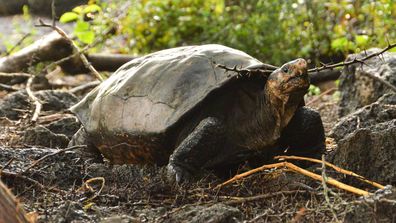
‘Lost’ species rediscovered after more than 100 years